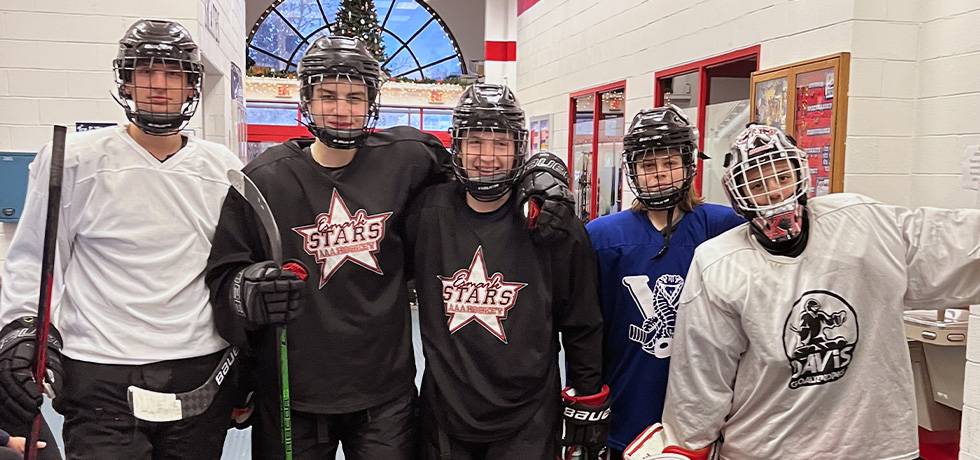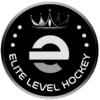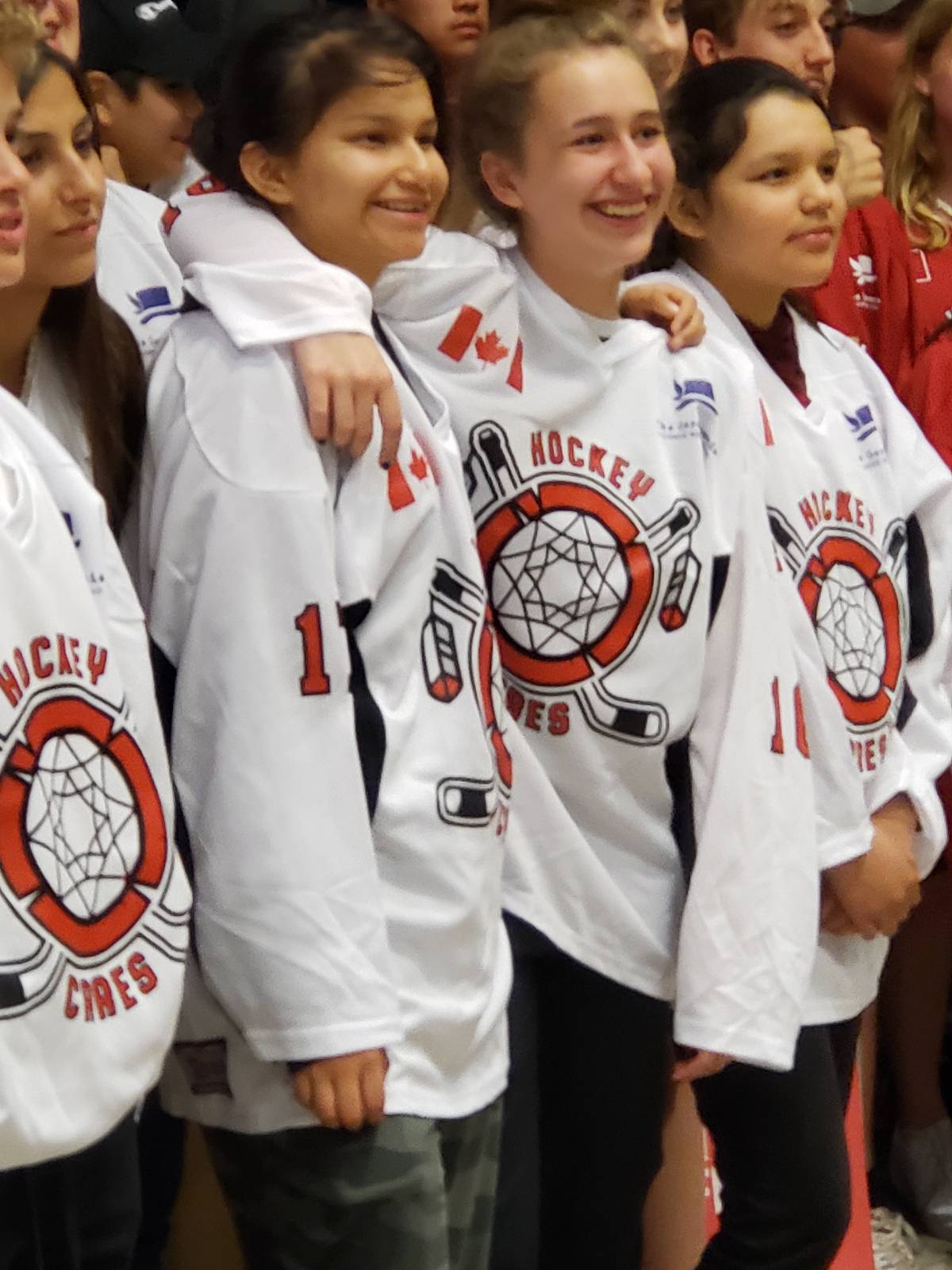They came to play a game they love and now they can’t return to the country they love.
When Marc McLaughlin from Pittsburgh, PA. took in two Ukrainian boys from Lviv, he had no idea that the Russian invasion of the Ukraine would extend their stay.
Vlad and Vitally have been living with Marc, his wife and their four other children since August 2021, when they arrived to further their hockey journeys.
McLaughlin says that the plan was for the boys to return to Ukraine in March after their Mid Tournament and finish school remotely but their school said that this wasn’t possible due to the evolving COVID laws. Two weeks later, the war between Russia and Ukraine started, resulting in the boys not being able to return home regardless.

Both Vitally and Vlad said that they miss their family back home but hope to remain in America with a little help.
The McLaughlin family started a Go Fund Me program in hopes to raise money to help support the boys through this tough time and help them stay in Pittsburgh.
“There’s absolutely no problem with the school, except for the price, and even with the discount, It’s about $15,000 for both kids,” McLaughlin said. “Each boys’ parents roughly spent $20,000 per kid last year to have them. So, we’re hoping to raise around that much. Their parents aren’t working. From what I understand, if the war ended today — which is highly unlikely — It would probably still take six months to a year for them to financially recover.
“I bought them sticks, tons of food. I don’t mind. I’ll do anything I can, however, I have a limit because I have my own kid playing on the same team. I have a 11-year-old who plays. I also have an eight-year-old daughter and a three-year-old boy. So, I have two kids plus four kids playing hockey, basically.”

Vitally and Vlad only heard about the opportunity to study and play hockey in America from a coach a year before leaving their home. Both said that it was exciting to come to America, but it was also difficult.
“The first time it was so hard because I didn’t know English. I didn’t know people, like, I didn’t know, like everything here. But right now, I feel like so much better,” said Vitally.
McLaughlin says that both boys are “extremely” good players and that in America, Vitally had 45 goals in one season as a defenseman and in Ukraine he had over 300 in a season.
“In Ukraine, hockey is not the best sport. The best sport in Ukraine. Is soccer, like just literally everybody plays,” says Vitally. ““Here we have like more teams, we have better players than in Ukraine.”

“We had Christmas for them. We wanted them to enjoy Christmas, Thanksgiving, Easter Sunday. We love having them, we love it.”
“They’re part of the family now, and they’ve always been like super comfortable,” said McLaughlin, who added he is in contact with the boys’ parents every day.
“I just promised them that I’ll take care of them to the best of my ability. And that’s all I can do.”
To help support the boys and the McLaughlin family you can donate to the Go Fund Me page.
The post Ukrainian War Could Crush Hockey Dreams appeared first on Elite Level Hockey.




